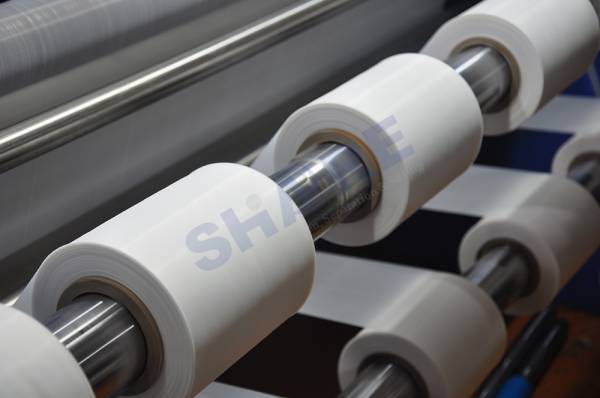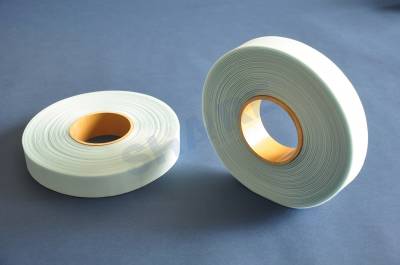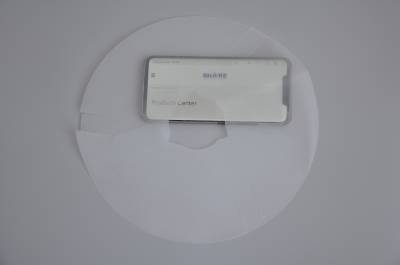Company Blog
Products for Filtration, Separation, Sifting and Printing
High mesh count for fine filtration
- Font size: Larger Smaller
- Hits: 5309
- Subscribe to this entry
- Bookmark

When filtration is on the discussion topic, then the filtration rate is an element that has to be talked and discussed, since this is the essence of filtration.
What is the filtration rate? Simply put it, it is the parameter to measure how big or small particles should be allowed into the filtered in the downstream. Taking 5um for example, if micron rating/ filtration rate is: 5um, which means that particles larger than 5um should be retained on the surface or depth of filter material.
There is another factor to be considered, that is filtration efficiency---Absolute Filtration and Norminal Filtration. Absolute filtration is the filtration efficiency better than 99%-100% while norminal filtration rate is between 60-98%.
After we have obtained general ideas of these parameters/specifications, then it would be easier for us to select proper filter material for actual applications (of course, other factor also needs to be taken into consideration, such as material chemical resistance and physical abilities, for example, nylon/polyamide, due to its good chemical resistance and fatigue resistance, is used widely for liquid filtration, esp. in automotive industry, while PP is used for food and medical industry for its food-grade safety).
Today, we would like to focus on filter material---woven filter meshes, which parameters we should consider when we are going to select filter meshes
1. Mesh Count: This parameter shows how many theads per inch or per centimeter, showing the density of yarns, the higher mesh count is, the smaller pore size will be
2. Thread Diameter: Yarn diameter is the measurement of how big yarn is and when mesh count is set, the bigger thread diameter is, the smaller mesh opening will be. So when selecting specific mesh opening/micron rated filter meshes, there might be several options (different mesh counts with different thread diameters)
3. Mesh Opening/Pore Size/Aperture/Micron rating: these parameters are usually mentioned, this is the measurement of size of particles to be filtered from upstream to downstream.
After we have above information in mind, we will better understand what filter mesh we need for our application, and how to select proper meshes.
Next time, we will take about material chemical and physical properties that affect the selection of filter materials.





